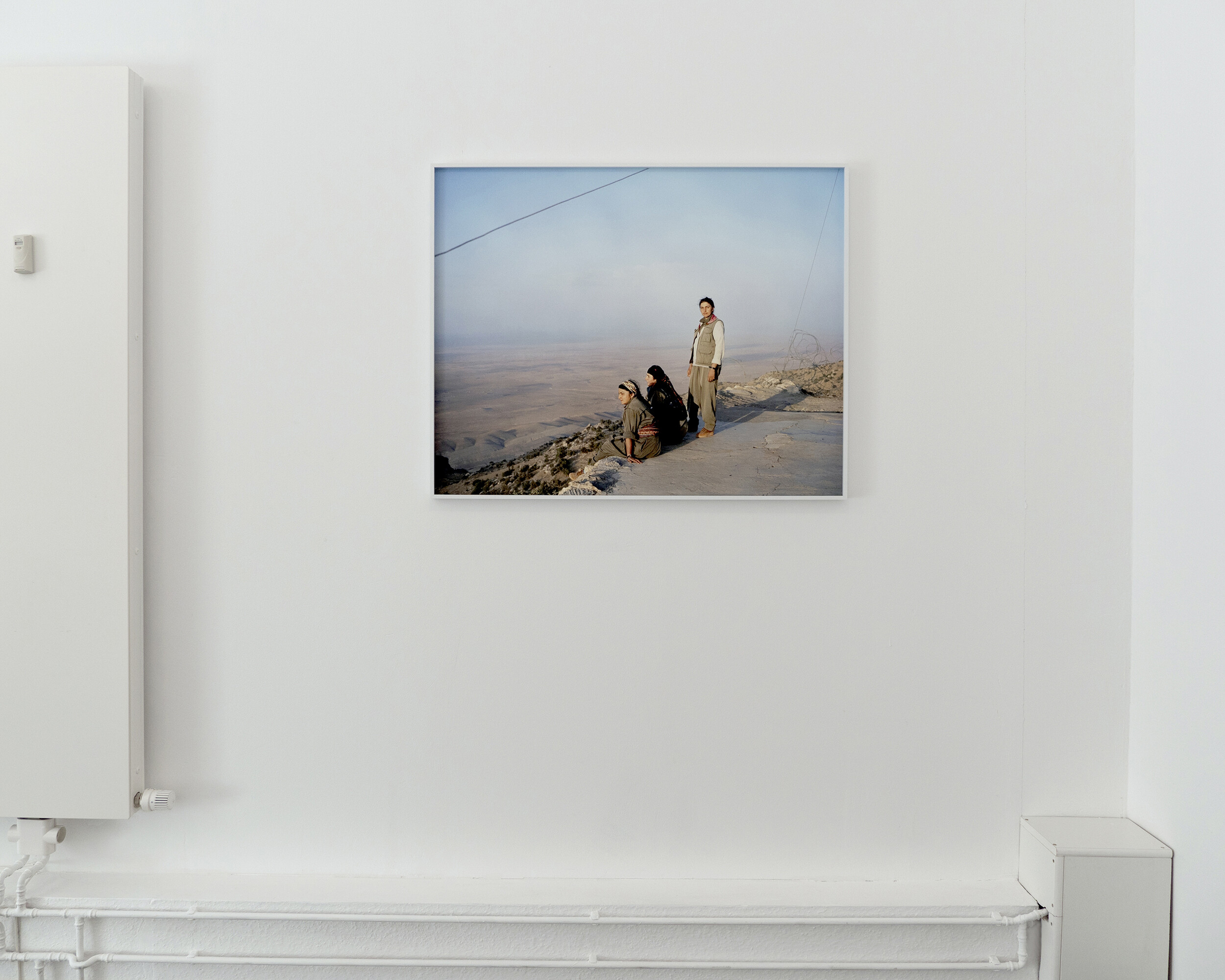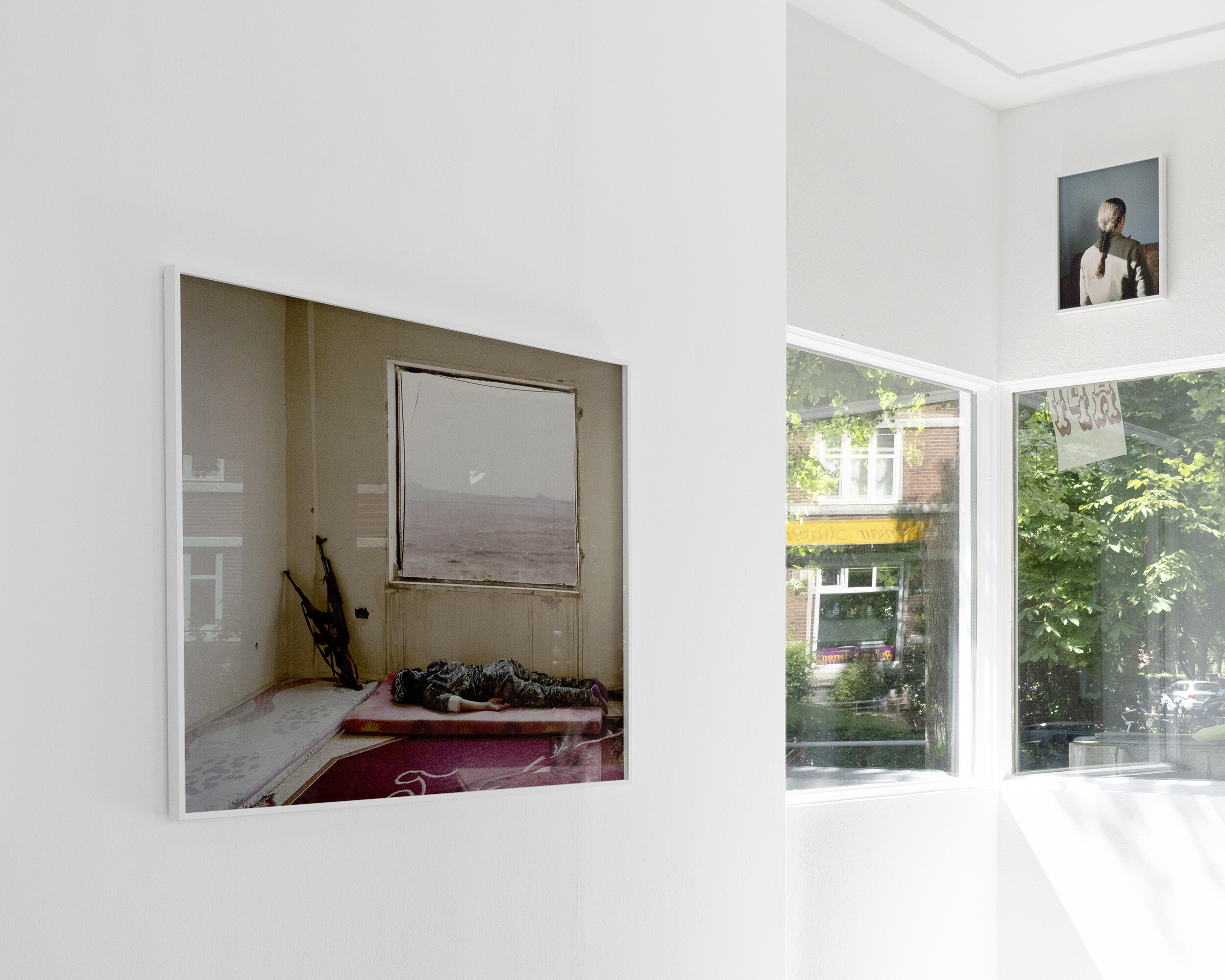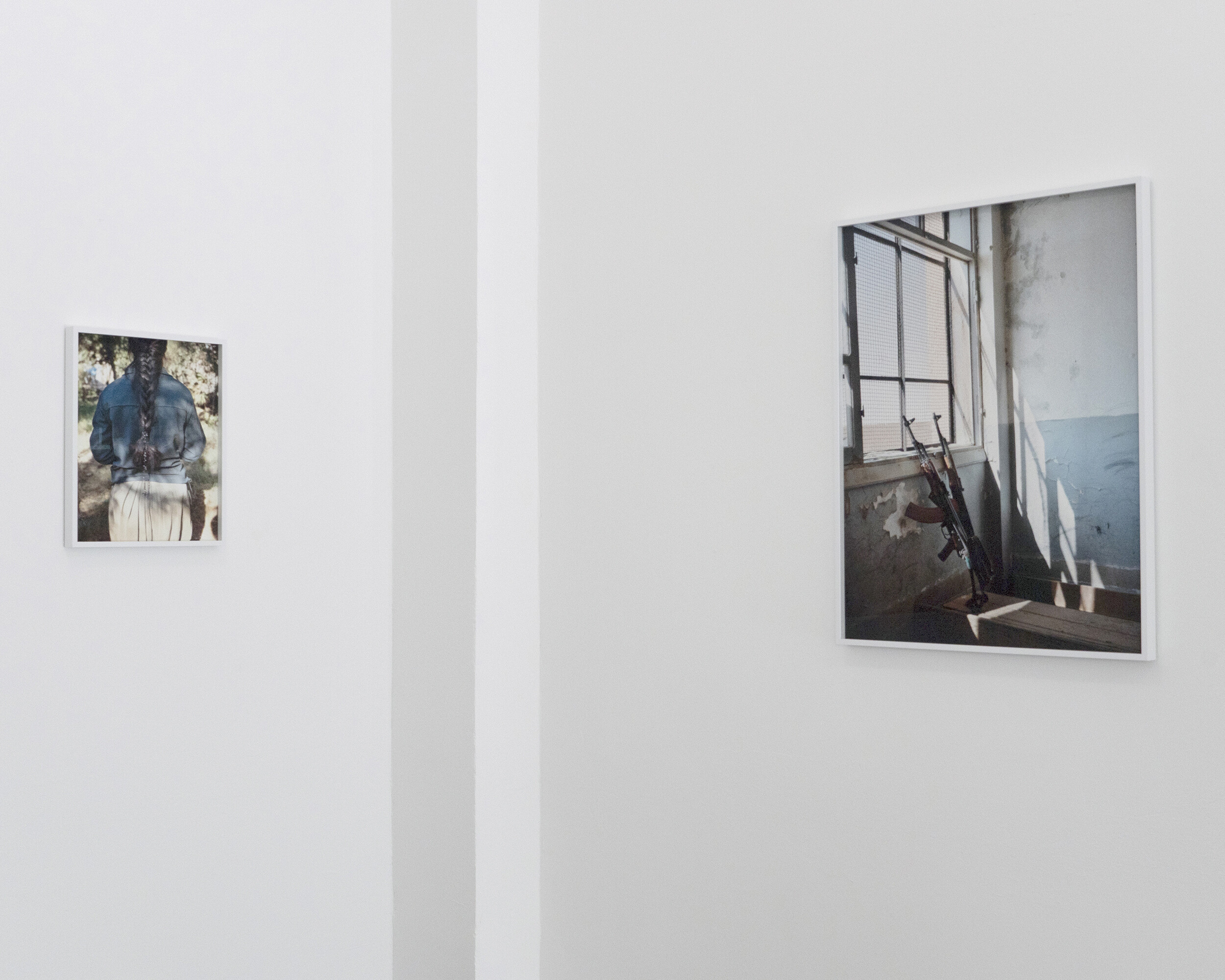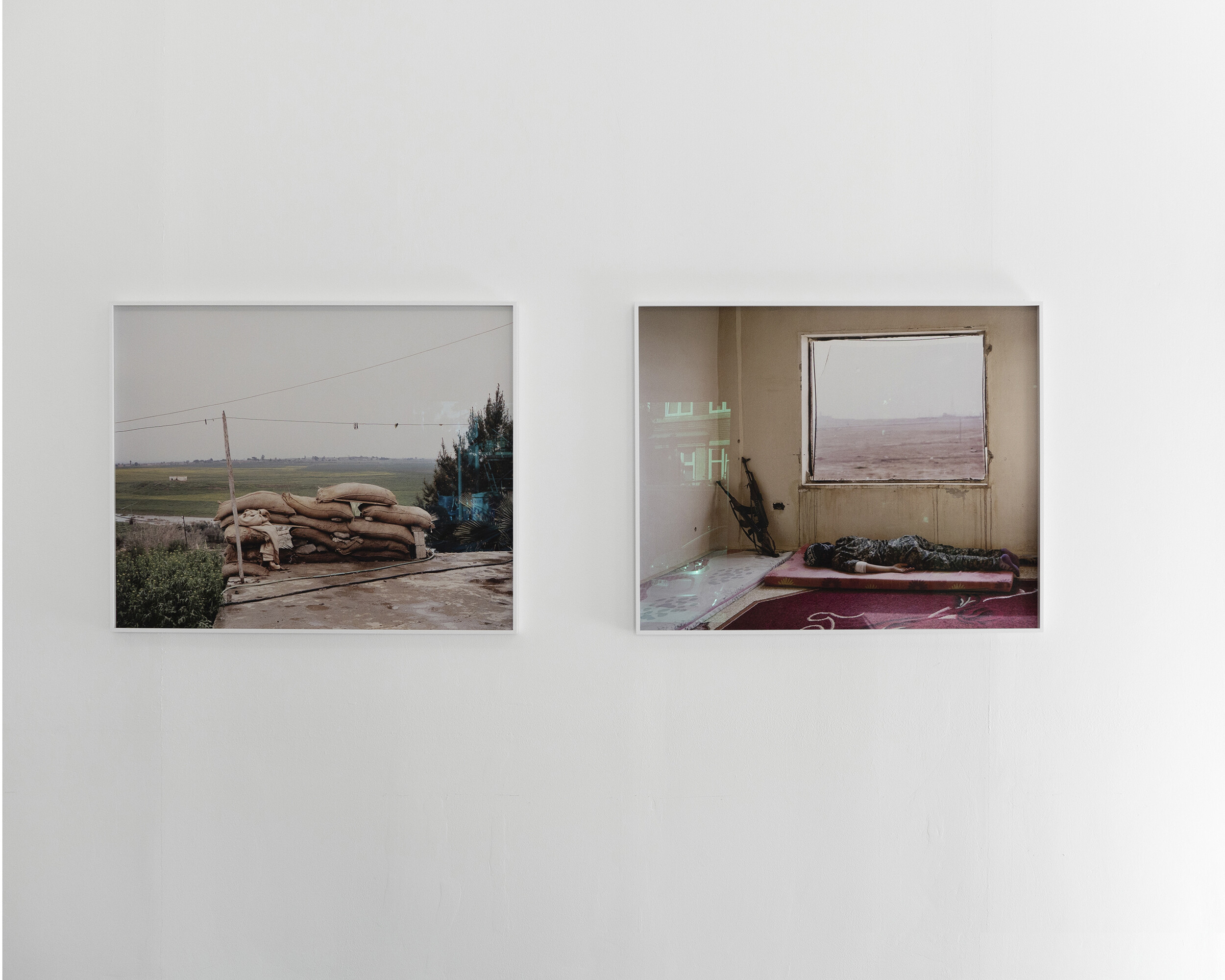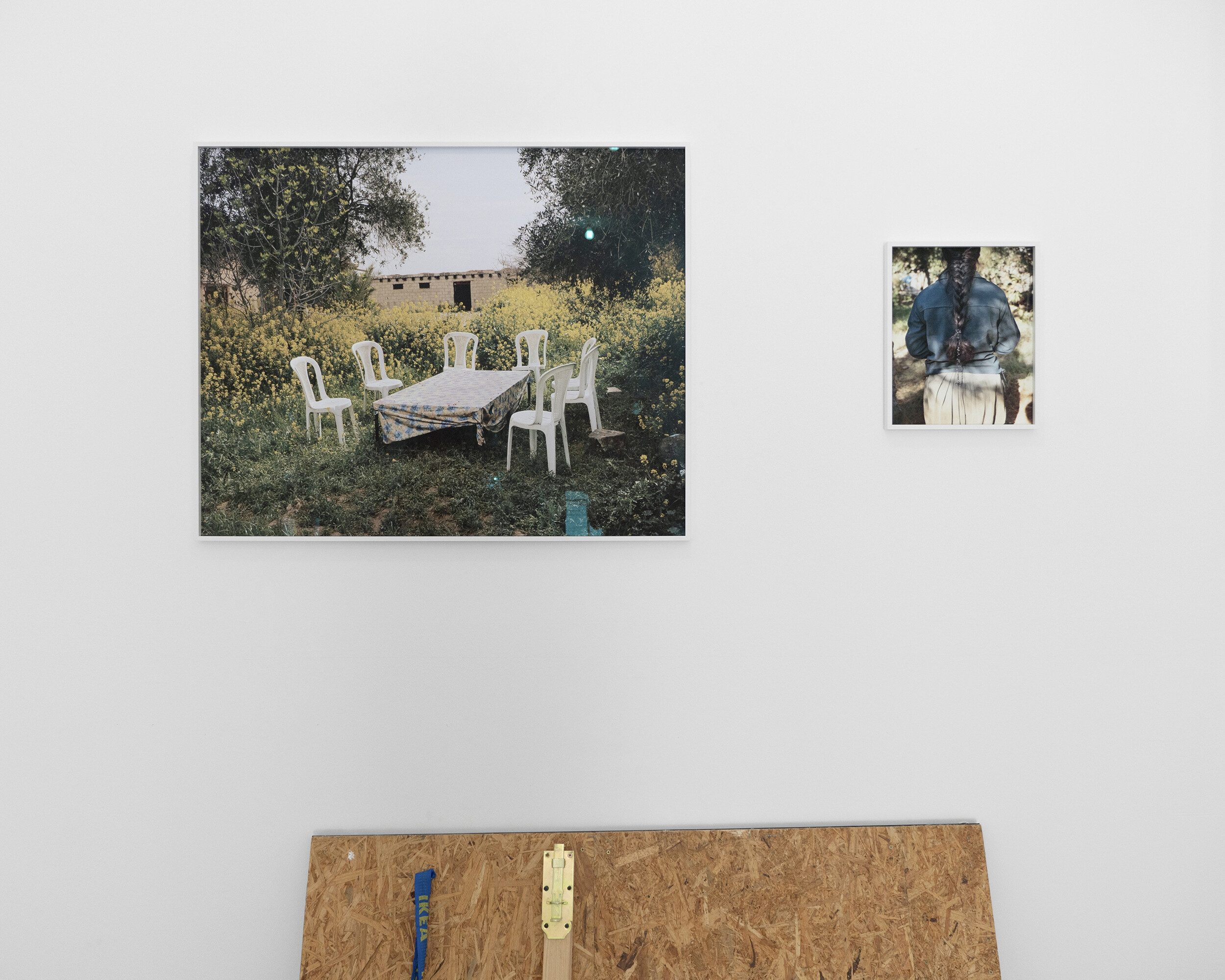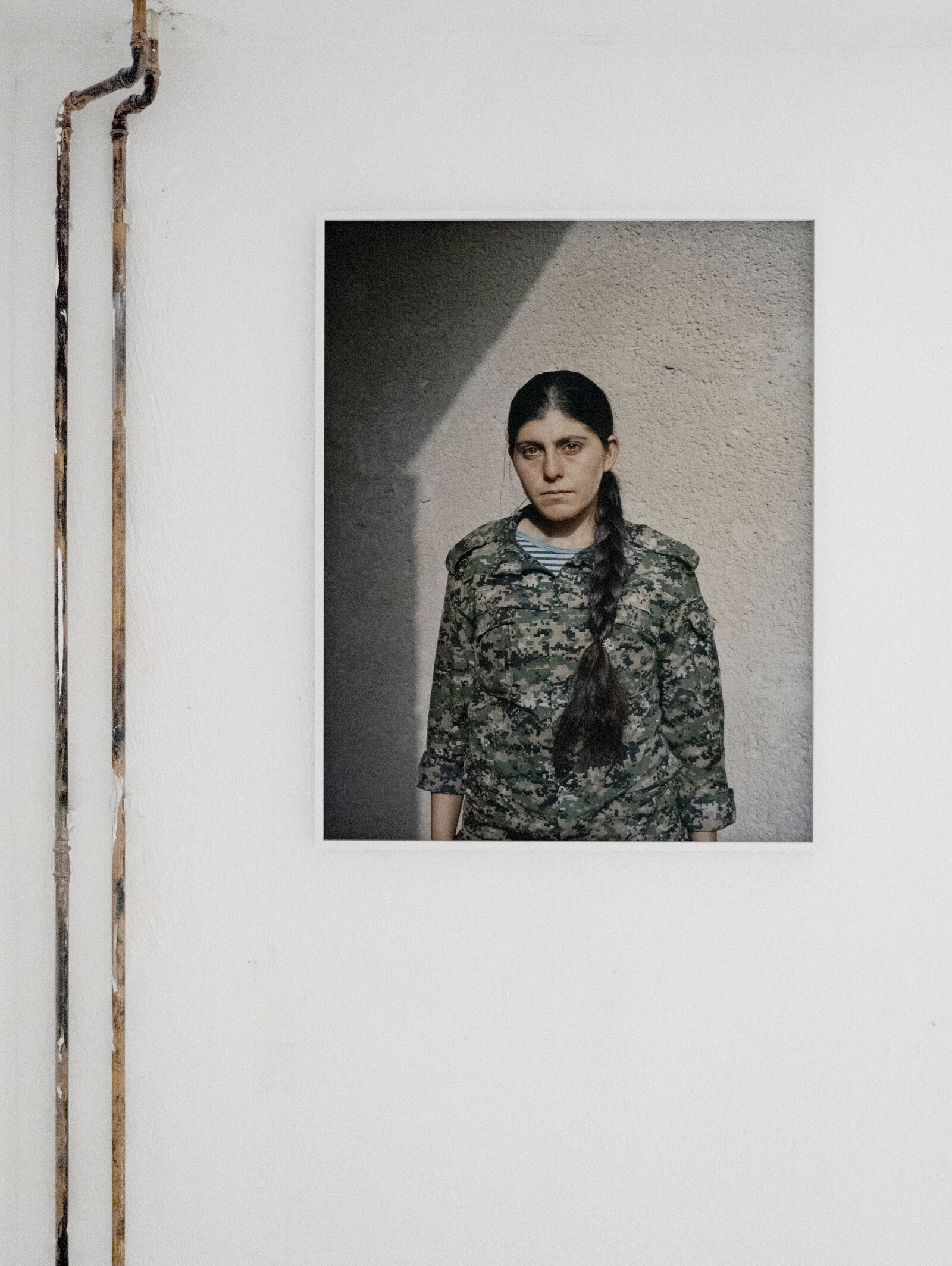In Sinjar, hundreds of Yazadi women are captured, sold in markets as slaves, raped and beheaded by the Islamic State (IS). This femicide reflects deliberately systematic violence that is grounded in ideological justification by the IS. The extremist worldview espoused by the IS is one in which women are in no way respected as human beings with rights and freedoms and represents one of the most direct, violent and vicious forms of patriarchy, sexism and feudalism. For this reason, women participate in various forms and areas of combat. Ranging from the ‘Saturday Mothers’ in Turkey to guerillas based in the mountains of Northern Syria and the YPJ (Women Defense Units) who fight alongside the mainly Kurdish militia YPG (People’s Protection Units) in Syria. Approximately 10.000 women from 15 to 45 brave the heavily armed IS forces in Syria and Northern Iraq. The moment a woman joins the resistance, she takes on a new name, which is seen to be her first act of self-determination. Above all, she becomes a >>Heval<<, the Kurdish name for comrade. The women’s movement is deeply anchored in the ideology of the PKK (Kurdistan’s Workers Party), which implies that a land cannot be free if its women are not. Since 1933, Kurdish women have been playing an increasingly active role in Kurdish society as they fight and advocate for their political opinion and rights in their home country or in exile. Kurdish female warriors assert their objection to traditional gender norms by taking on more militarised roles referring to the concept of >>Jineology<< (women’s science). It is built on the principle that without the freedom of women within society and without a real consciousness surrounding women no society can call itself free. The work >>Jin–Jiyan–Azadi<< Women, Life, Freedom documents the development and perspectives of the Kurdish women’s movement.
Within the framework of the [OFF] Triennial 2018, 14a shows portraits of the Kurdish women fighters as well as landscape- and close ups from the series >>Jin–Jiyan–Azadi<<. In addition to the photographs, which document the occurrences on-site, the viewer will listen to traditional chants of the Kurdish women fighters. Scarcely anyone else has gotten as close to the Kurdish women as Sonja Hamad did on her journey. The images are a reflection and portrayal of the brutal psychological and physical violence that the war destruction has caused. This distinct perception is intensified by the delicate chants that Sonja Hamad recorded on an evening in midst of a group of women fighters finding consolation and strength in their songs and melodies shortly before conducting a military intervention.
